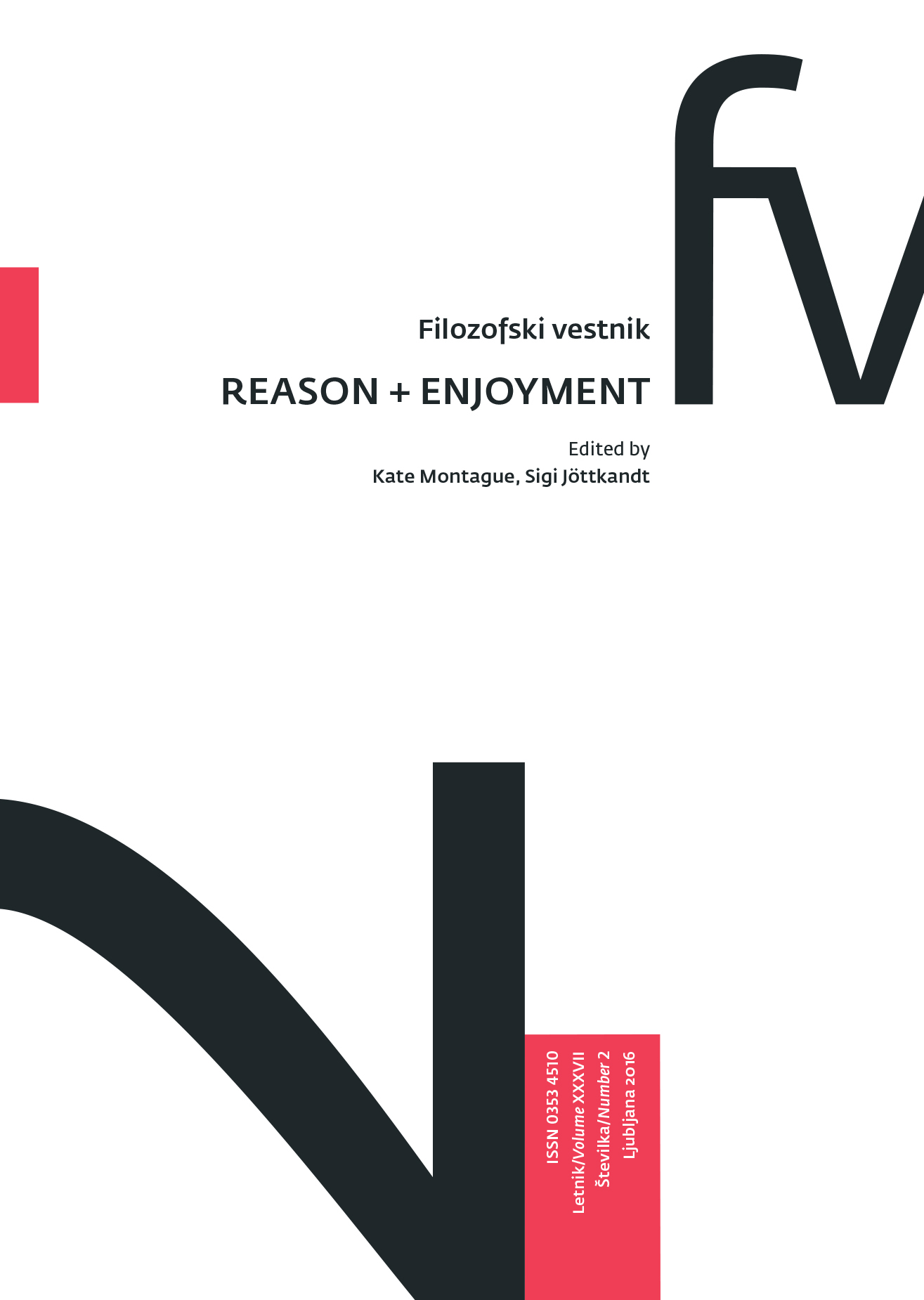The Imaginal World and Modern Oblivion: Kiarostami’s Zig-Zag
Keywords:
cinema, Lacanian psychoanalysis, image, icon, Abbas Kiarostami, Ibn ‘Arabi, touchAbstract
This paper attempts to give an account of the imaginal world, a central concept of Avicenna and his philosophical followers in Iran in order to demonstrate the ways in which the imaginal continues to operate in the cinema of Abbas Kiarostami. As its name implies, the imaginal concerns the image, but more precisely the image insofar as it is conceived as participating in a political economy of the divine, or within an apparatus that relates the temporal, political order of men to the withdrawn instance of the divine. If the works of the falasifa were anathema to Islamic theology, this had everything to do with the retreat of the divine, which operated in the political order only insofar as it was absent. Kiarostami’s film, Close Up, demonstrates the concept of the imaginary a contrario.Downloads
Download data is not yet available.
Downloads
Published
2017-01-18
How to Cite
Copjec, J. (2017). The Imaginal World and Modern Oblivion: Kiarostami’s Zig-Zag. Filozofski Vestnik, 37(2). Retrieved from https://ojs.zrc-sazu.si/filozofski-vestnik/article/view/4863
Issue
Section
Reason + Enjoyment
License
Authors guarantee that the work is their own original creation and does not infringe any statutory or common-law copyright or any proprietary right of any third party. In case of claims by third parties, authors commit their self to defend the interests of the publisher, and shall cover any potential costs.
More in: Submission chapter





